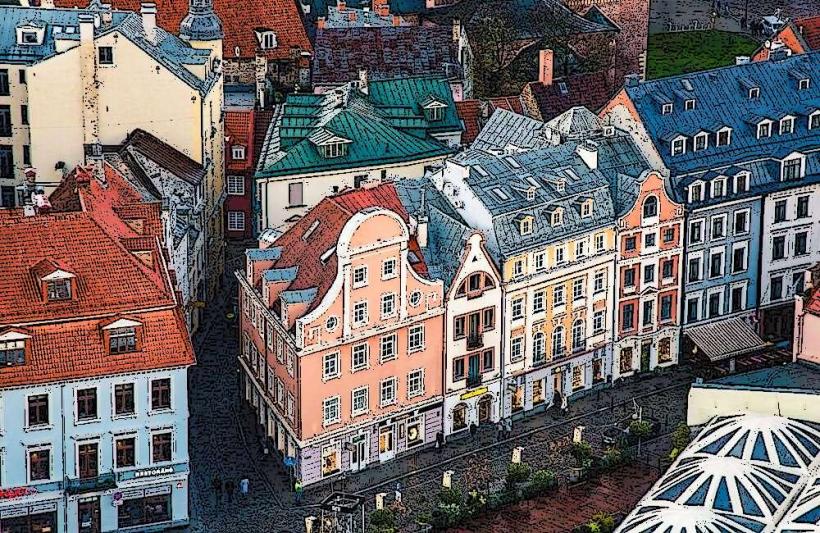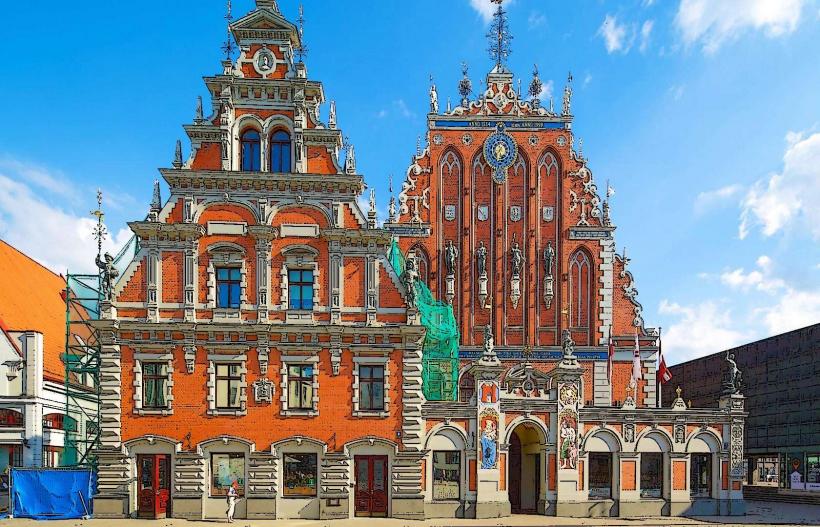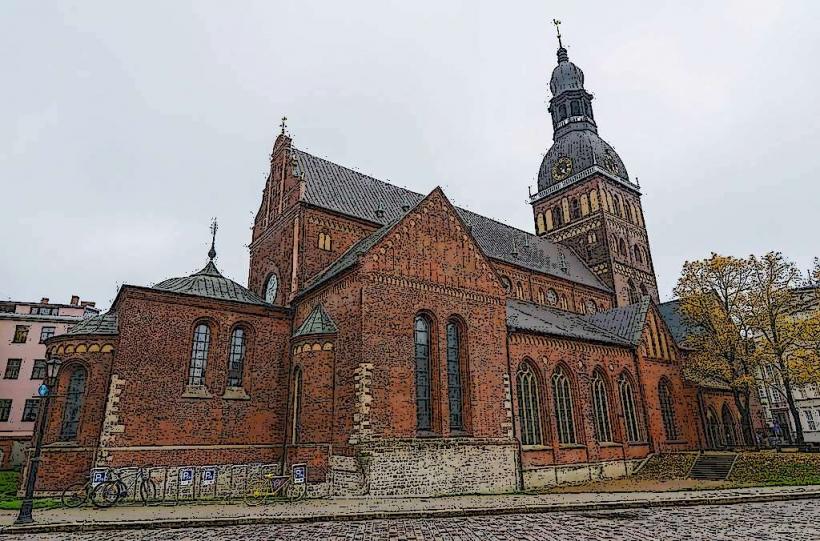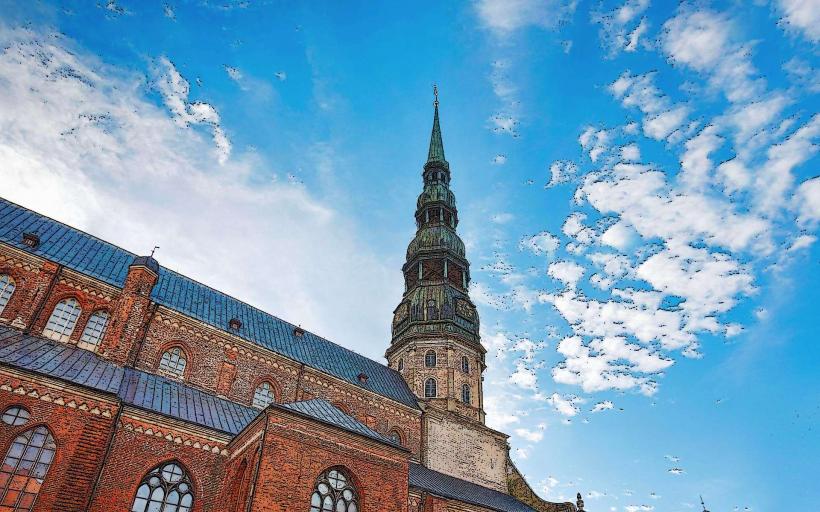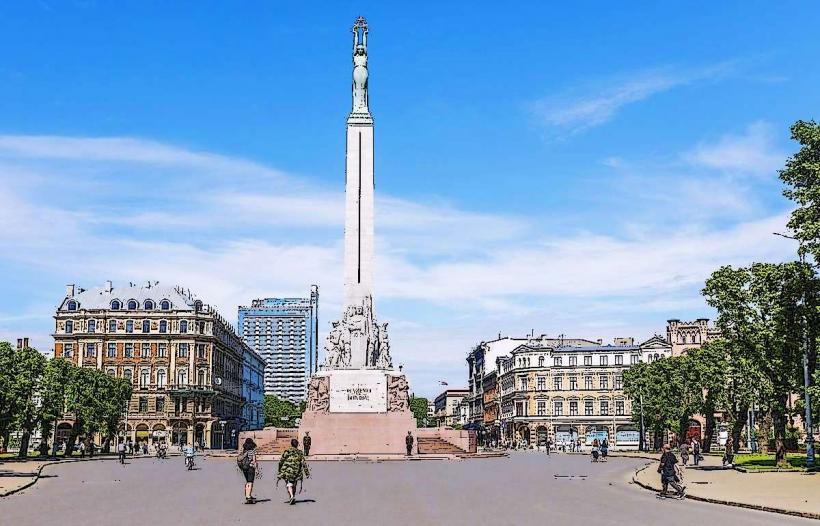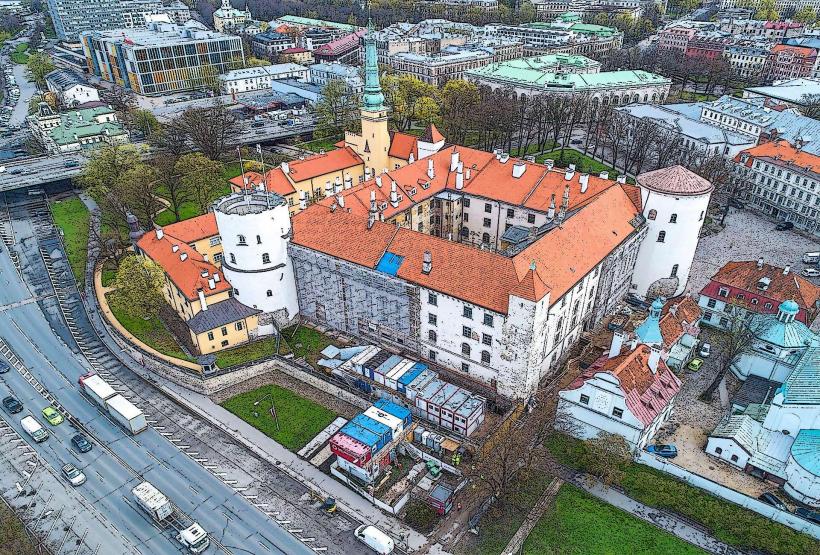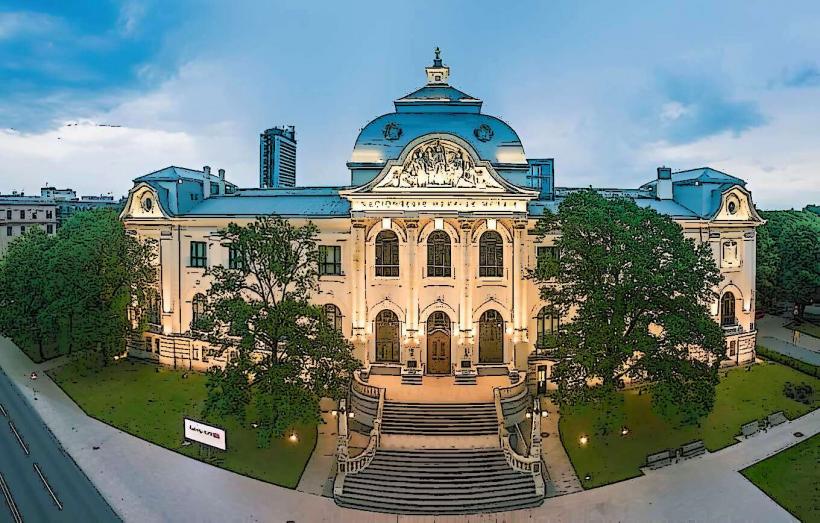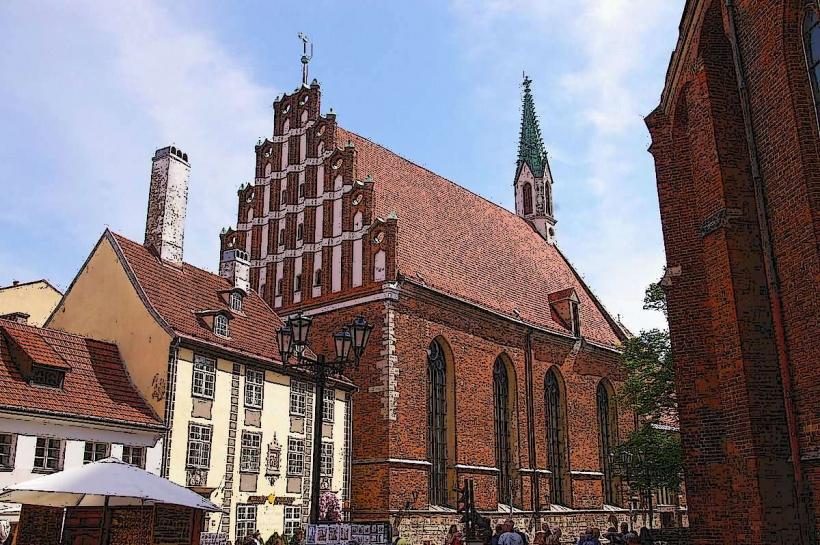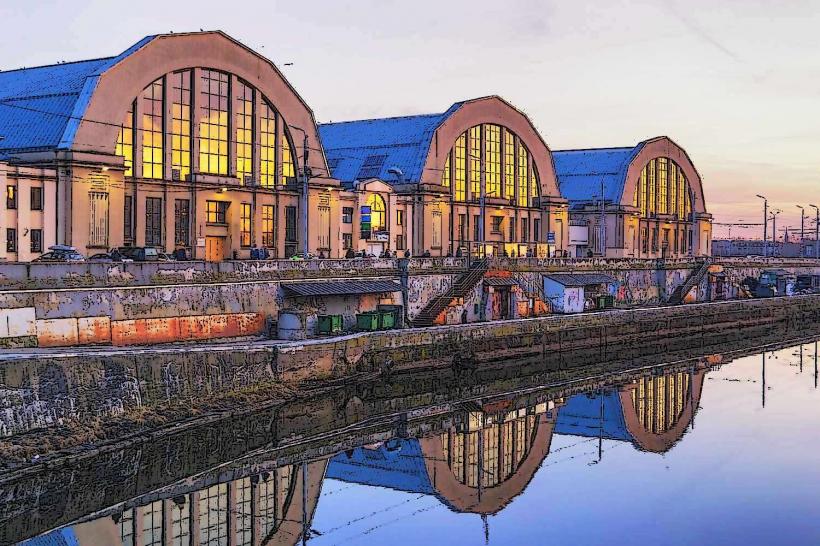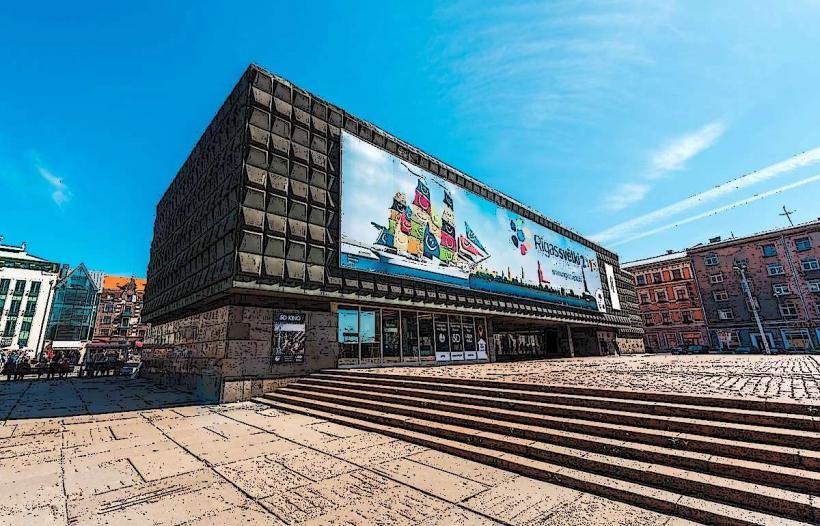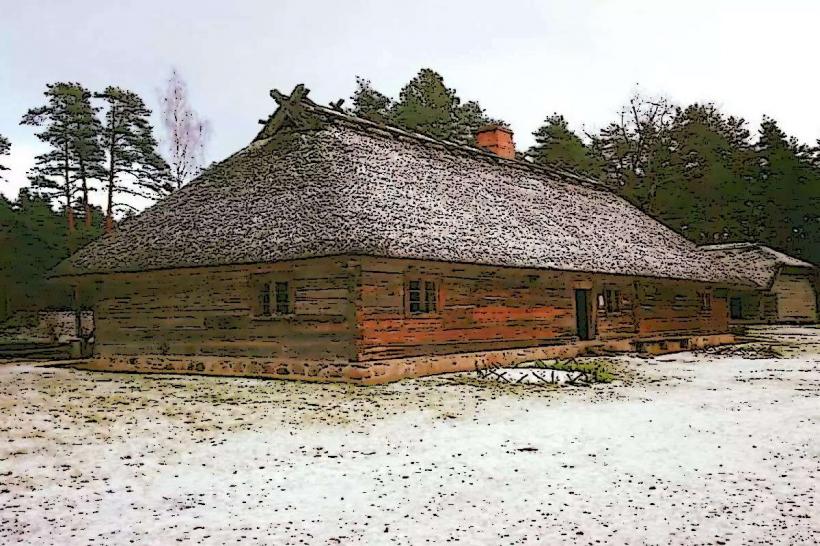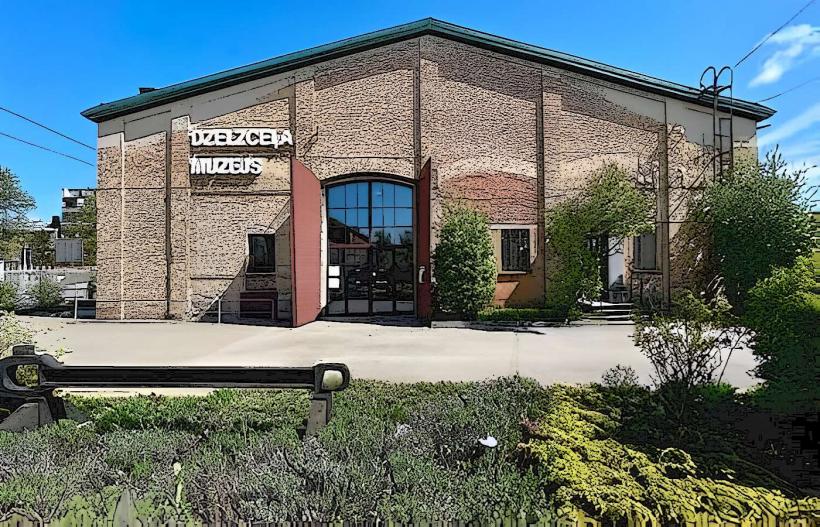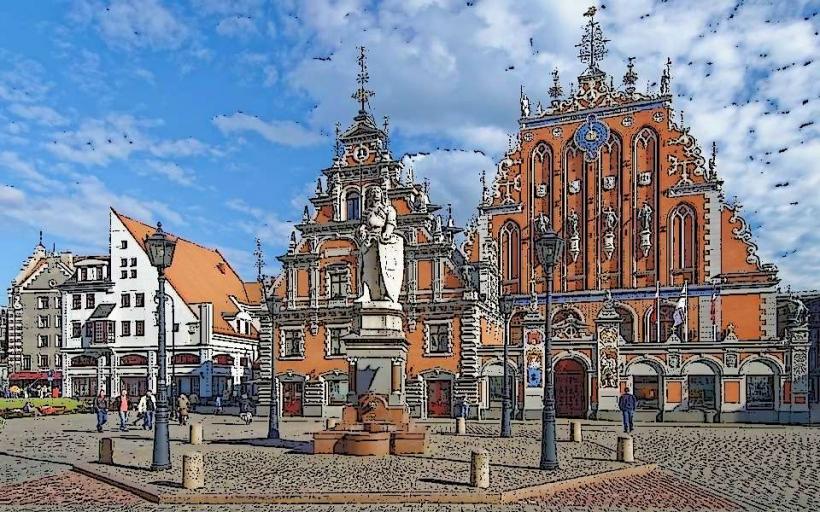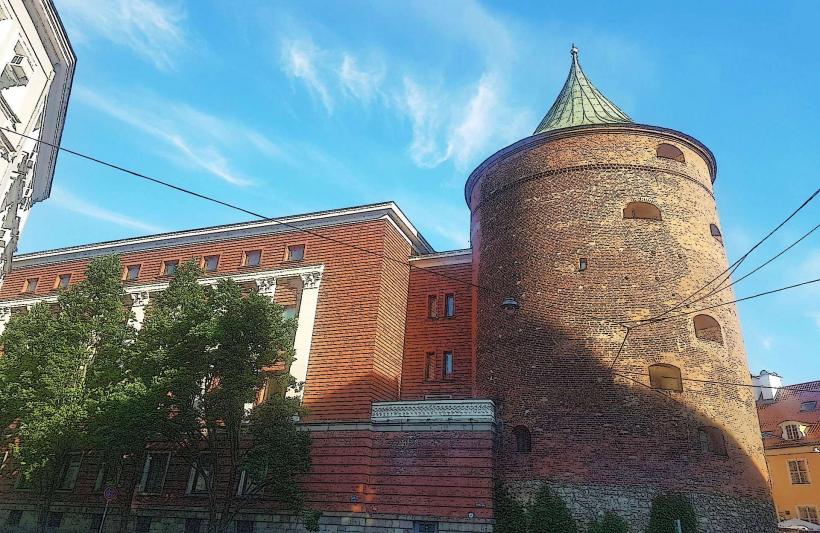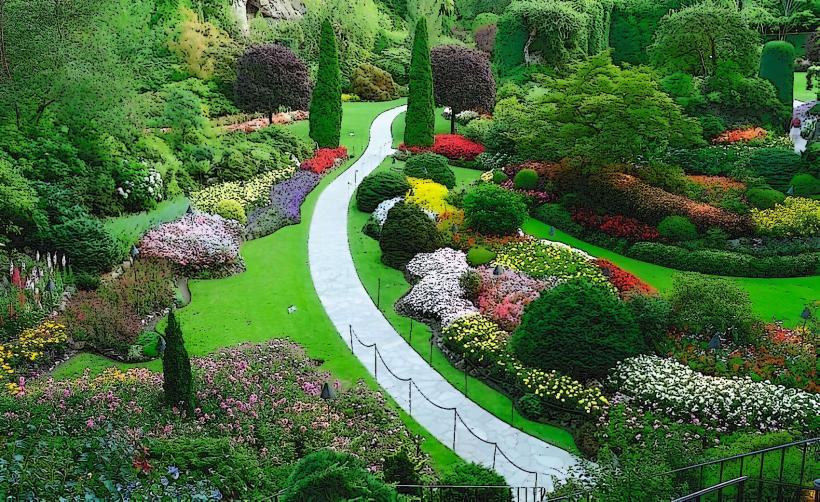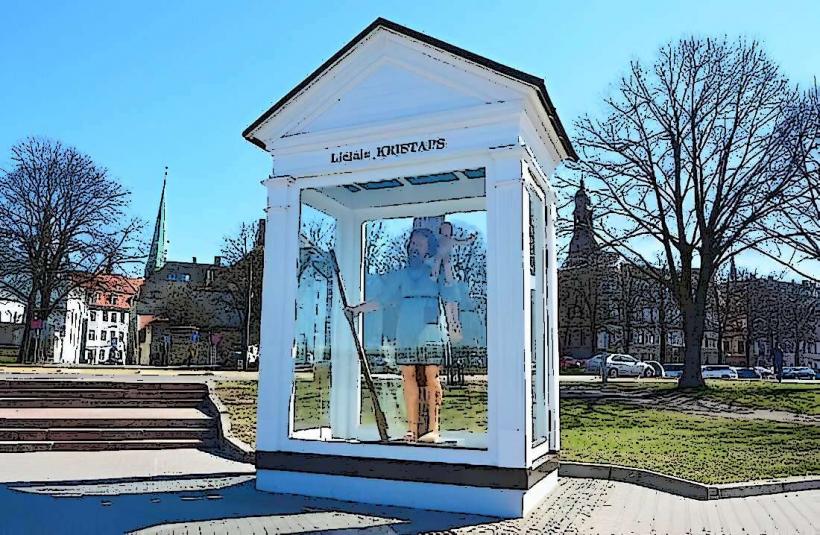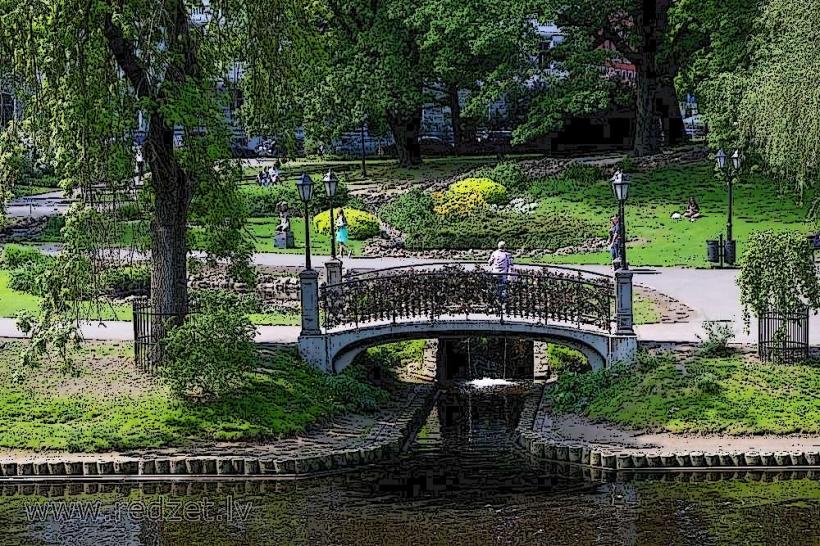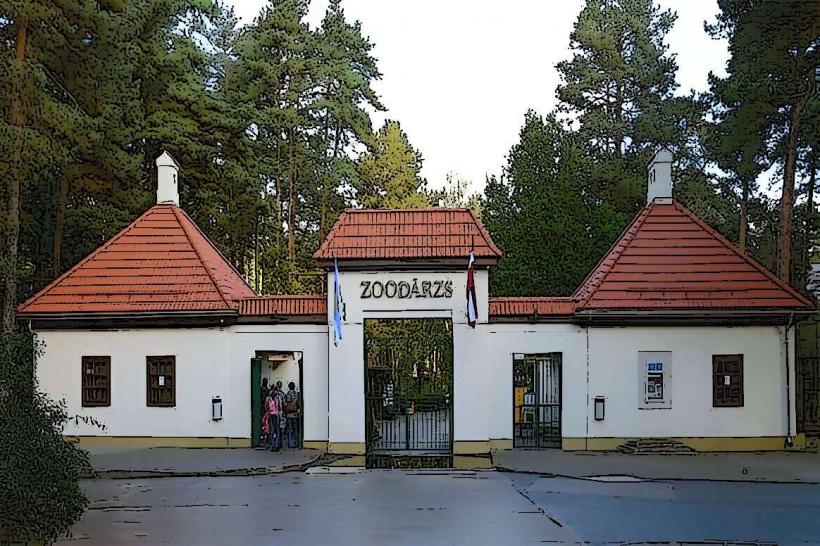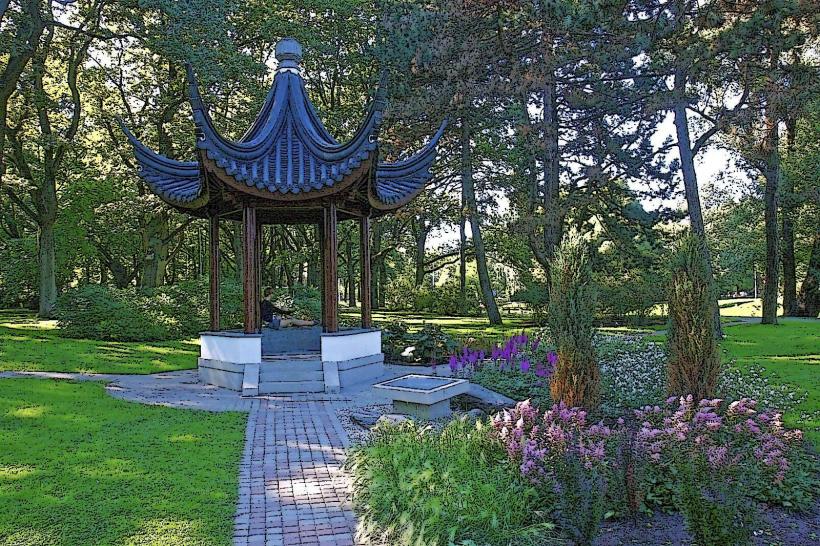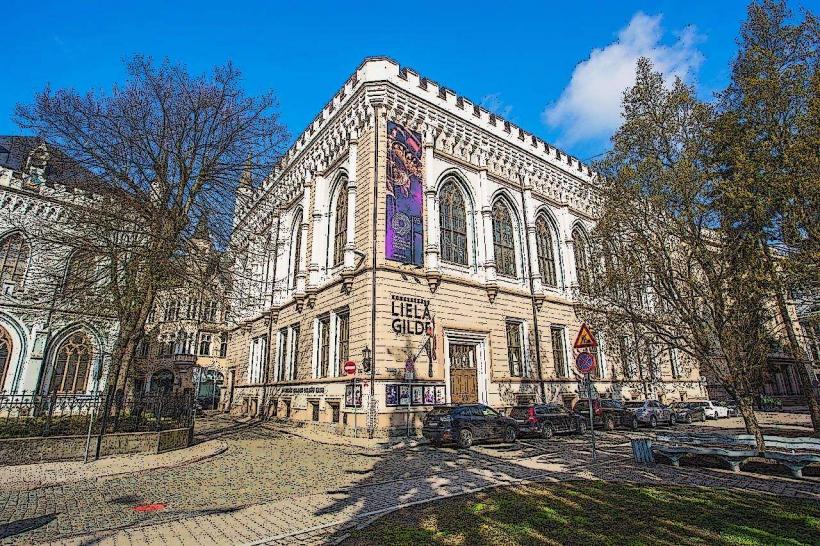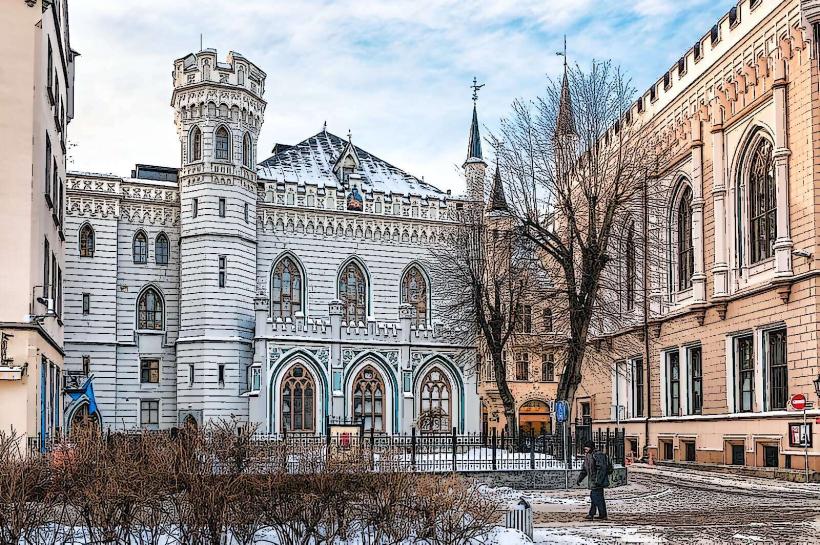Information
Landmark: Riga National OperaCity: Riga
Country: Latvia
Continent: Europe
The Riga National Opera (Latvian: Latvijas Nacionālā opera) is one of the most prestigious and culturally significant institutions in Latvia. Located in the heart of Riga, it serves as the center of the country's opera, ballet, and classical music scenes, offering world-class performances in a stunning historic building.
1. Historical Overview:
- Opening:
The Riga National Opera was founded in 1863, making it one of the oldest opera houses in the world. The original building was constructed on the site of the former City Theatre, which was destroyed by fire in 1860. - Architectural Evolution:
The current building was designed by the German architect August Reinberg and opened in 1863. It has undergone several renovations and expansions, including major work in the early 20th century, as well as in the 1990s and 2000s to maintain its standing as a modern institution while preserving its historic charm. - Soviet Period:
During the Soviet era, the opera house was one of the most important cultural institutions in Latvia. After Latvia regained independence in 1991, the opera continued to flourish, now as the Latvian national institution. - International Recognition:
The Riga National Opera is internationally recognized for its high-quality productions and has hosted renowned opera singers and dancers from around the world.
2. Architecture of the Riga National Opera:
- Neoclassical Style:
The opera house's architecture is in the neoclassical style, characterized by clean, symmetrical lines, grand columns, and decorative detailing. The design reflects the importance of the building as both a civic and cultural landmark. - Facade and Interior:
The grand facade features ornate sculptures, and the entrance is framed by majestic columns. Inside, visitors are greeted by elegant marble staircases, luxurious chandeliers, and intricate ceiling frescoes, contributing to the opera house’s atmosphere of grandeur and sophistication. - Opera Hall:
The main performance hall is renowned for its acoustics and striking design. It seats around 1,000 spectators and provides an intimate yet immersive experience for opera and ballet performances.
3. Performances and Productions:
- Opera and Ballet:
The Riga National Opera is home to the Latvian National Opera and Ballet, offering a wide variety of productions, including classic operas by composers like Verdi, Puccini, and Wagner, as well as performances of renowned ballets and contemporary works. - Repertoire:
The opera hosts an impressive repertoire of international and Latvian productions, regularly featuring Latvian composers and choreographers. Its performances often incorporate Latvian cultural themes, making it an essential part of the nation’s cultural identity. - Festivals and Events:
The opera house hosts numerous festivals, including the Latvian Opera Festival and ballet seasons, showcasing both local talent and international guest performers. - Concerts:
In addition to operas and ballets, the Riga National Opera also stages orchestral concerts, choral performances, and solo recitals, ensuring a wide range of musical experiences for visitors.
4. Notable Figures and Performers:
- The Riga National Opera has hosted some of the world’s leading opera singers and dancers, such as Plácido Domingo, Anna Netrebko, and Roberto Alagna. It has also nurtured local talent, with many Latvian singers and dancers gaining international recognition through their work at the opera house.
5. Visitor Experience:
- Ticketing and Shows:
Tickets to performances at the Riga National Opera can be purchased online or at the opera’s box office. The venue offers a variety of seating options, from more affordable seats to luxurious private boxes. - Guided Tours:
The opera house offers guided tours, where visitors can explore the stunning interiors, learn about its history, and get a behind-the-scenes look at the world of opera production. Tours are available in multiple languages, including English, and provide valuable insights into the building's architecture and the performances that take place there. - Cafés and Dining:
The opera house is home to several cafes and restaurants where guests can enjoy a meal before or after the performance. These spaces offer a chance to relax and soak in the artistic atmosphere.
6. Visiting Information:
- Location:
The Riga National Opera is located at Aspazijas bulvāris 3, a central location in the heart of Riga, close to Bastion Hill and the Old Town. - Opening Hours:
The opera house is typically open Monday to Saturday for performances, with the box office operating during the day. Guided tours are usually available during weekdays and by appointment. - Public Transport:
The opera house is easily accessible by tram, bus, and trolleybus. It is also within walking distance of many other cultural landmarks, including Riga Central Market and Freedom Monument.
7. Why Visit the Riga National Opera?
- Cultural Experience:
The opera is one of Latvia’s cultural treasures, offering a rich program of opera, ballet, and classical music. It’s an essential part of the Latvian arts scene. - Historical Significance:
With its long history and significant role in Latvian cultural life, a visit to the Riga National Opera is a journey through the history of Latvia’s artistic and musical heritage. - Stunning Architecture:
The beautiful neoclassical building and its splendid interior make the Riga National Opera an architectural gem and a must-see for architecture and design enthusiasts. - World-Class Performances:
Whether you're an opera enthusiast or new to the genre, the performances at the Riga National Opera provide a world-class experience in a breathtaking setting.
Conclusion:
The Riga National Opera is a jewel in the heart of the city, offering visitors not only a chance to experience world-class performances but also a deep connection to Latvia’s artistic history. Whether you're attending an opera, a ballet, or simply exploring its remarkable architecture, the opera house is a must-visit for anyone interested in the cultural and artistic heritage of Riga and Latvia.

